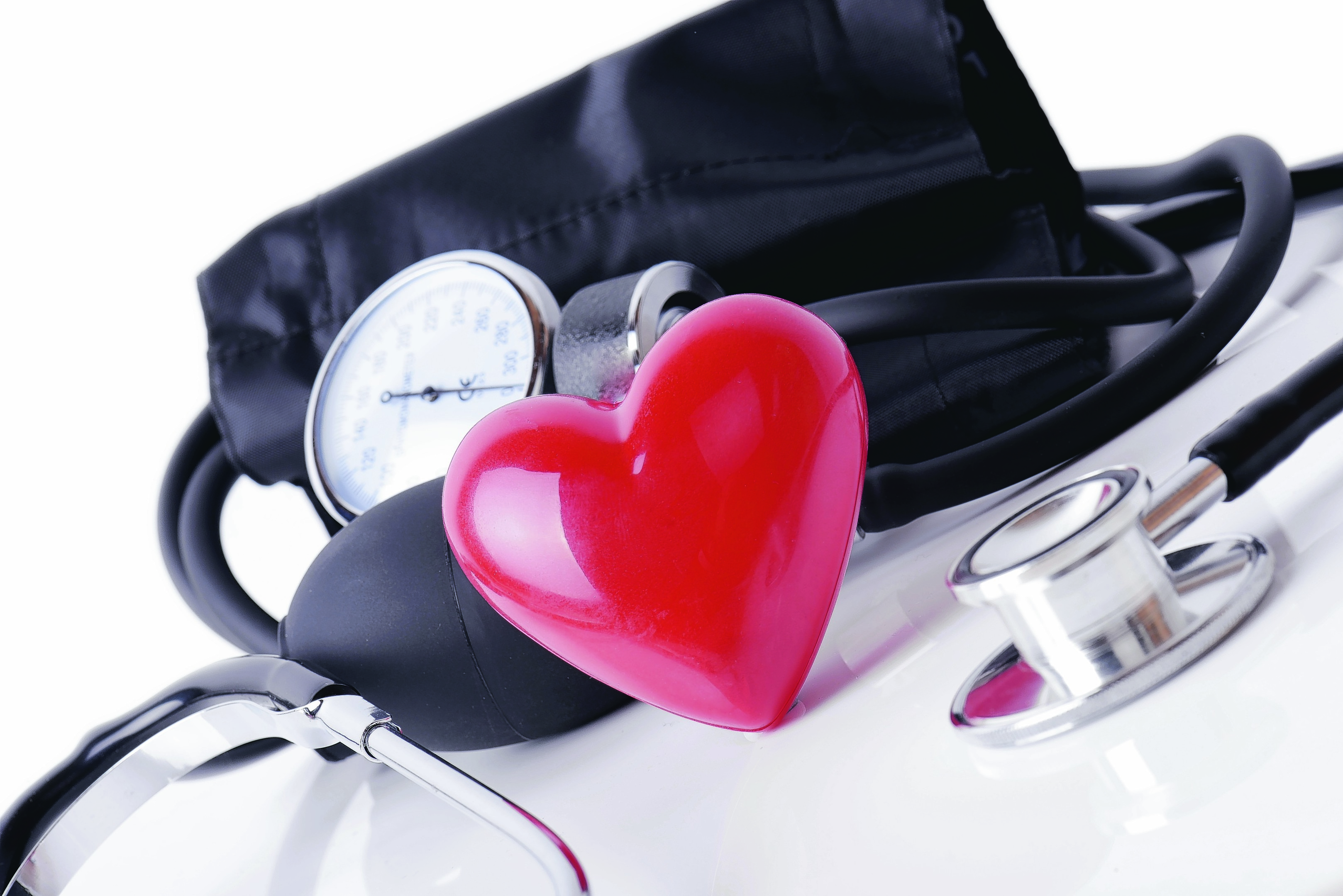One in three UK adults have high blood pressure and the condition is costing the NHS more than £2billion a year. Linked with stroke, heart disease, vascular dementia and chronic kidney disease, high blood pressure is a major cause of premature death and disability.
But often it’s symptomless, which is why it’s dubbed the “silent killer” – and also why it’s estimated that around five million people aren’t even aware that they have it, highlighting why regular blood pressure checks are so vital.
While the condition can sometimes be caused by other illnesses or certain medications – plus, it seems to run in families and the risk increases with age, mostly affecting over-55s – usually, the exact cause can’t be pinpointed, but experts do know that lifestyle factors play a very big part.
This means it can be prevented and even reversed and managed without the need for mediation in some cases – with lifestyle tweaks. Keep your finger on the pulse and read on…
WATCH YOUR SALT INTAKE
Salt makes the body store extra water which causes raised blood pressure, but cutting excess salt has a significant impact on health outcomes, reducing strokes by around 22% and heart attacks by 16%. Many of us, however, are eating too much of the white stuff – often without realising it.
“Government recommendations state we should be consuming no more than 6g a day, but our current intakes are a third higher than that, at an average of 8.1g a day,” says Sonia Pombo, a nutritionist at Consensus Action on Salt and Health (CASH). “Unfortunately, with almost 75% of our salt intake coming from processed foods, most of us aren’t even aware how much we actually eat.”
- TOP TIPS:
Ditch the shaker. The foods we eat usually provide us with all the salt we need, so not using it for cooking and banishing the salt shaker from the dining table is an easy way to cut back. How about using herbs, spices and pepper to add flavour instead?
Be label savvy. Checking food labels means you can avoid hidden salt. White bread and breakfast cereals are known high-salt culprits, as are processed foods like bacon, as well as ready-meals and pre-prepared sauces. Steer clear of foods which contain more than 1.5g of salt per 100g (or 0.6g sodium). Low-salt foods usually contain 0.3g or less per 100g, and often will have a green colour on the front-of-pack nutrition label.
GO EASY ON THE BOOZE
Research shows that men who regularly drink more than eight units of alcohol a day are four times more likely to develop high blood pressure, while women who regularly consume more than six units daily are twice as likely. Sticking to the recommended daily limits – two to three units for women and three to four units for men (one 175ml glass of wine/pint of beer = 2.3 units), will reduce your risk of high blood pressure.
BE MORE ACTIVE
Exercise benefits long-term health in countless ways, but when it comes to blood pressure, the charity Blood Pressure UK (www.bloodpressureuk.org) points out that it’s aerobic exercise – not pumping iron in the gym – that really counts. Also known as cardio, this is all about engaging those big muscle groups, getting moving and pumping oxygen around your body. Jogging, dancing, cycling, swimming and aerobics classes are all great examples – but don’t be put off by the term “exercise”. Instead, think of it as activity, and walking or doing the gardening also counts. If you have joint or mobility problems, or any health issues or disability which is preventing you from exercising, find out about suitable classes that may be on offer (useful websites include spogo.co.uk and www.efds.co.uk/inclusive-fitness).
Blood Pressure UK recommends at least 30 minutes a day, but if your blood pressure is relatively high, consult your doctor or nurse before embarking on a new programme – and certainly do this if your blood pressure is in the “very high” bracket.
IMPROVE YOUR DIET
We all know about the all-important five a day. As well as helping prevent certain cancers, a diet rich in fruit and veg can help with blood pressure. Firstly, fruit and veg are often high in potassium, which plays a key role by balancing out the effects of salt. Eating healthily can also help you maintain a healthy weight (or lose excess weight if you need to), which can prevent high blood pressure and reduce the strain on your heart and blood vessels, advises Blood Pressure UK, as well as other weight-related conditions like Type 2 diabetes.
- TOP TIPS:
At mealtimes, load up on big portions of veggies and salad. This will boost nutrition and make it easier to stick to sensible-sized portions of carbs and protein.
Treat biscuits, chocolate, cake and crisps as occasional treats, not everyday snacks. Plain nuts and potassium-rich bananas are great healthy snacks.
Similarly, treat soft drinks and sugar/calorie rich drinks as occasional treats too. Making water and unsweetened tea your main everyday drink will help control your weight and boost health.
TACKLE STRESS
Stress can cause heart rate and blood pressure to temporarily soar but, like smoking, there’s no confirmation that it causes long-term high blood pressure. Having said that, chronic stress can contribute to lifestyle factors – like drinking more, exercising less and comfort eating – which may increase our chances of hypertension. Also, stress can make us less able to cope with the effects of other health problems or worsen their symptoms, so avoiding problematic stress and finding ways to de-stress – like regular exercise and hobbies – helps.
QUIT SMOKING
While smoking causes a temporary rise, there isn’t conclusive evidence that it causes long-term high blood pressure. However, we do know smoking’s very bad news for hearts and arteries and a major cause of heart disease, so quitting certainly does your health a big favour, especially if you do develop high blood pressure.
